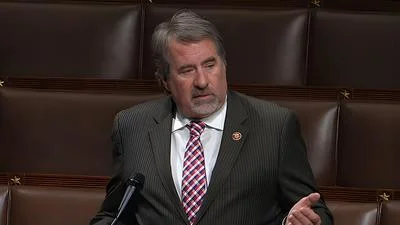On Dec. 31, 1862, enslaved and free Black Americans across the country stayed up until midnight to await the passage of the Emancipation Proclamation, which President Abraham Lincoln was to sign on Jan. 1, 1863. Lincoln first announced his plans for the Emancipation Proclamation on Sept. 22, 1862, when he issued a preliminary version of the decision after the Battle of Antietam. Black Americans enslaved in Confederate states understood that the future of slavery in the United States hinged on whether Lincoln would follow through with his promise to issue the Emancipation Proclamation on Jan. 1, 1863.
Since the start of the war, well before the passage of the Emancipation Proclamation in 1863, enslaved people had been taking matters into their own hands: they escaped to US lines by the thousands and by resisted enslavement in other ways such as demanding wages. Policy makers in the United States, especially Republicans who supported the ultimate abolition of slavery, took notice; they recognized that cracks in the institution of slavery weakened the Confederate war effort. However, getting to the point where the white Northern public and US military would accept emancipation as a war aim took would take time as the military and political landscape evolved.
Source: U.S. Department of the Interior, National Park Service






